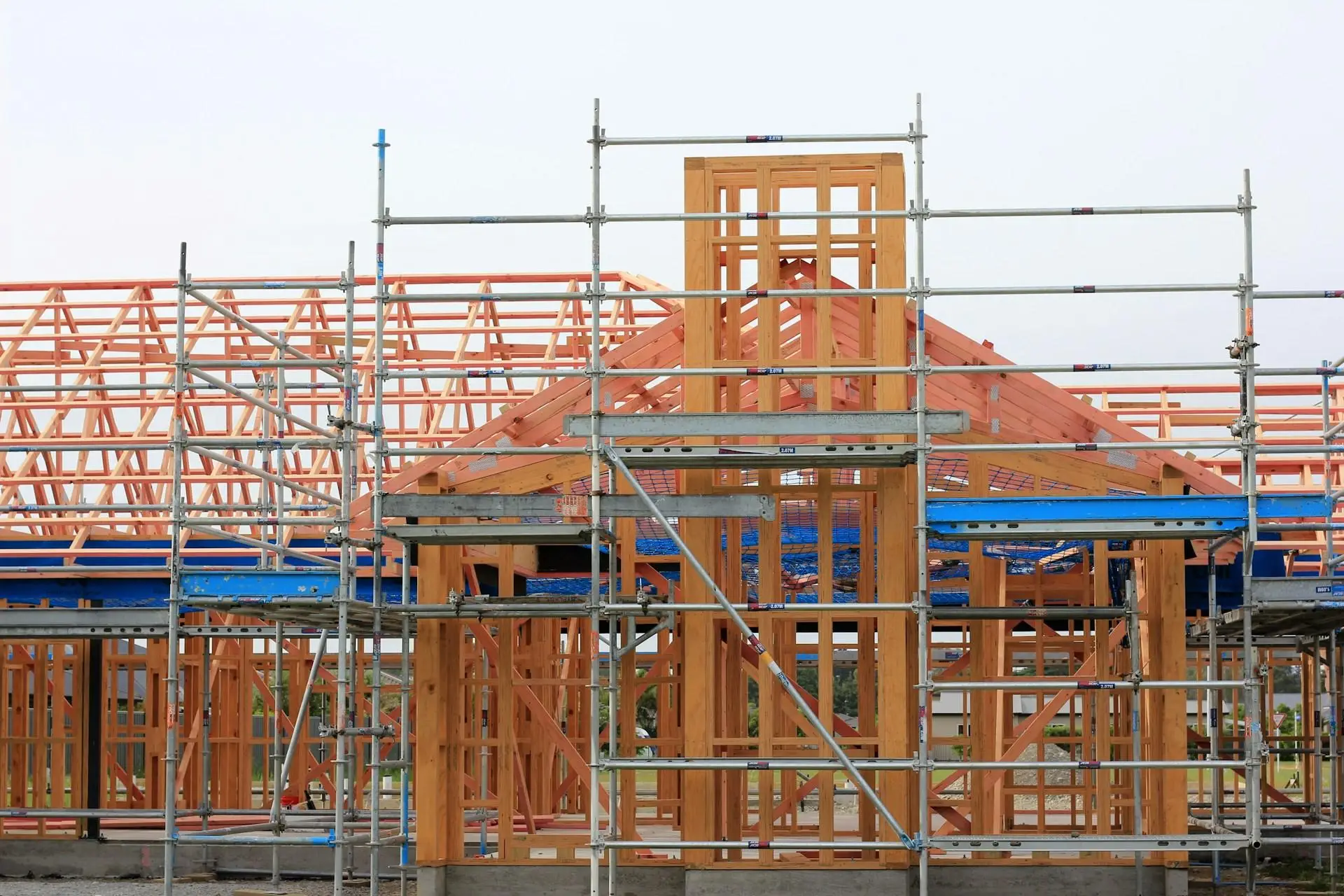A New Era in Furniture: Embracing Sustainability
Sustainable furniture design prioritizes environmental impact. As the world becomes increasingly aware of the pressing environmental issues we face, the furniture industry is undergoing a significant transformation. Designers and manufacturers are now adopting principles that not only focus on aesthetics and functionality but also on the ecological footprint of their products. This shift has given rise to innovative practices and materials that redefine what it means to create furniture in an environmentally responsible way.
Understanding the Principles of Sustainable Design
Key principles include resource efficiency, longevity, and minimal waste. Sustainable design embraces the idea that every piece of furniture should serve a clear purpose while utilizing resources judiciously. This approach encourages the use of materials that are not just sustainable but also durable, ensuring that furniture lasts longer and reduces the need for frequent replacements. The role of renewable materials in reducing carbon footprints is paramount, as these resources help to mitigate the environmental impact associated with furniture production.
Material Innovations Shaping the Future of Furniture
Natural and reclaimed materials are becoming increasingly popular. As consumers seek to align their purchases with their values, materials such as bamboo, cork, and recycled metals are gaining traction in the furniture marketplace. These materials not only offer aesthetic appeal but also contribute positively to the environment. Biodegradable materials and their contributions to sustainability further enhance this movement, as they provide a solution for reducing waste at the end of a product’s life cycle.
The Influence of Technology on Sustainable Practices
Smart technology is redefining how we approach furniture design. Innovations like 3D printing are revolutionizing the industry by allowing for precise manufacturing that minimizes waste. This technology enables designers to create customized pieces with less excess material, thereby reducing the carbon footprint associated with traditional furniture production methods. The impact of 3D printing on reducing waste and enhancing customization is a game-changer in creating pieces that are both environmentally friendly and tailored to individual needs.
Consumer Preferences Driving Sustainable Choices
Modern consumers are more environmentally conscious than ever. This shift in mindset is driving brands to prioritize sustainability in their offerings. The growing demand for transparency in sourcing and production is reshaping how companies operate, pushing them to provide detailed information about their supply chains and the materials they use. As consumers become more discerning, brands that respond with sustainable practices gain a competitive edge.
Aesthetic Trends in Sustainable Furniture
Minimalism and functionality are key design trends in sustainable furniture. These principles not only resonate with eco-conscious consumers but also emphasize the importance of timeless design. By focusing on pieces that are versatile and enduring, designers can help reduce the frequency of replacements and waste. Color palettes and finishes that align with eco-friendly principles are also becoming more prevalent, with natural hues and organic textures leading the way.
Challenges Facing Sustainable Furniture Designers
Balancing aesthetic appeal with sustainable practices is not always easy. Designers often face challenges in sourcing high-quality sustainable materials that are also cost-effective. The cost implications of sustainable materials and production methods can be significant, which may deter some brands from fully committing to eco-friendly practices. Additionally, navigating consumer misconceptions about sustainable furniture can pose further hurdles, as not all consumers understand the true benefits of investing in sustainable options.
Looking Ahead: The Future of Sustainable Furniture Design
The potential for circular economy principles to transform the industry is immense. As the conversation around sustainability continues to evolve, we can expect to see more innovative solutions that prioritize recycling and reusing materials. Predictions for upcoming trends and innovations in sustainable design suggest a greater emphasis on collaborative efforts among designers, manufacturers, and consumers, fostering an ecosystem where sustainability is at the forefront of furniture production.
As we move forward, the emphasis on eco-friendly furniture will not only be a trend but a necessary evolution in the industry. With increasing awareness and demand for sustainable practices, the future looks promising for both the planet and those who call it home.





